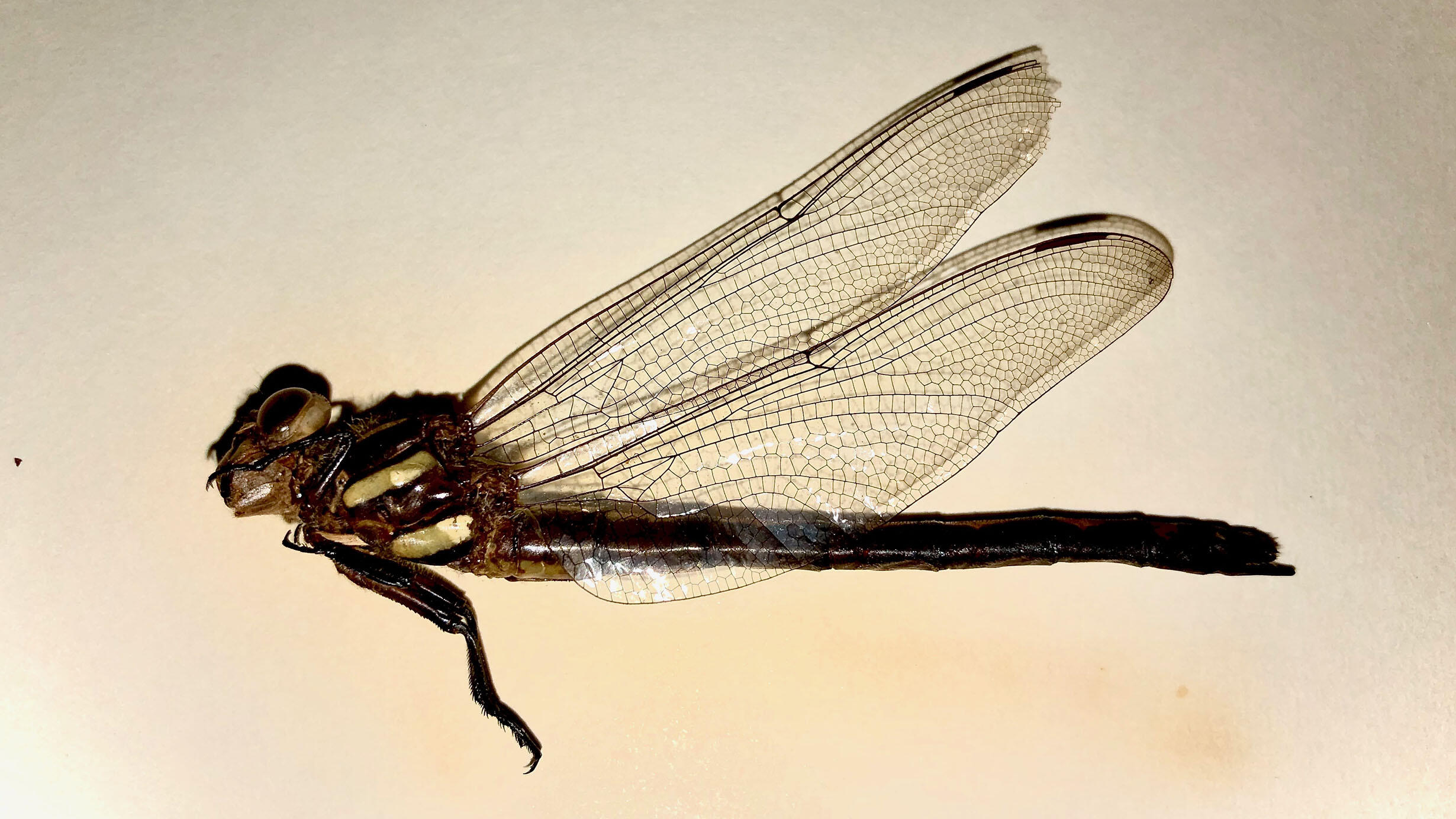 J. Ware/© AMNH
J. Ware/© AMNH Dragonflies and their cousins, damselflies (order Odonata), are some of the oldest insects that are still alive today. But despite their ubiquitous nature and broad public appeal, many mysteries remain about dragonfly and damselfly ecology, behavior, and evolutionary history.
To help in that effort, the National Science Foundation (NSF) recently awarded $2.25 million to five institutions—including the American Museum of Natural History—to study the long evolution of dragonflies and damselflies, with a portion of the grant awarded to the lab of Jessica Ware, an assistant curator in the Museum’s Division of Invertebrate Zoology.
First appearing about 300 million years ago, dragonflies and damselflies are now found on every continent except Antarctica. They also were the first animals to take flight—long before pterosaurs, birds, and bats—and are particularly skilled flyers, capable of flying straight up and down, hovering like a helicopter, and even mating mid-air.
“Dragonflies and damselflies are important to study as they were the first modern winged insect lineage,” said Ware, who is the president of the Worldwide Dragonfly Association and the vice president-elect of the Entomological Society of America. “Given that they rapidly respond to environmental disruption because they are so highly mobile, understanding their dispersal behavior and drivers of their speciation is invaluable during our current period of climate change.”
Ware and her collaborators on the project—from the University of Florida, The University of Alabama, the Naturalis Biodiversity Center in the Netherlands, and Brigham Young University—will collect and analyze data on the evolutionary relationships, ecological niches, and geographic locations for the approximately 6,200 species of known living and extinct dragonflies and damselflies.
The data will then be used to study which factors drove the diversification of this group over the last 300 million years, including mobility, habitat, niche, color, and distribution.
The four-year grant is awarded by the NSF’s Division of Environmental Biology.